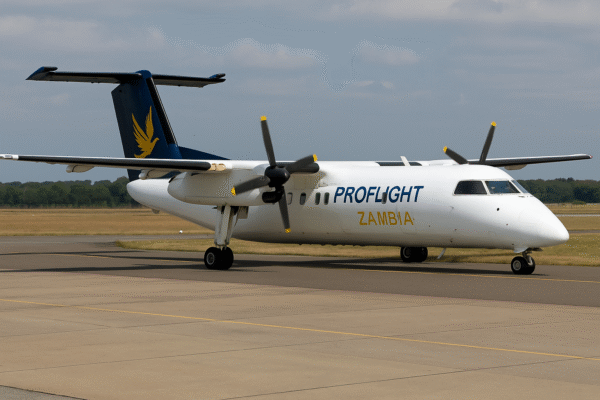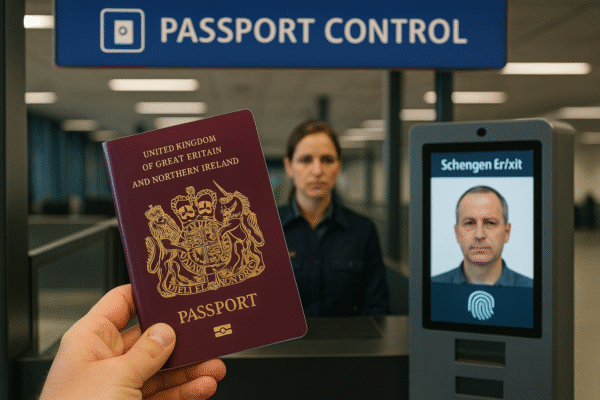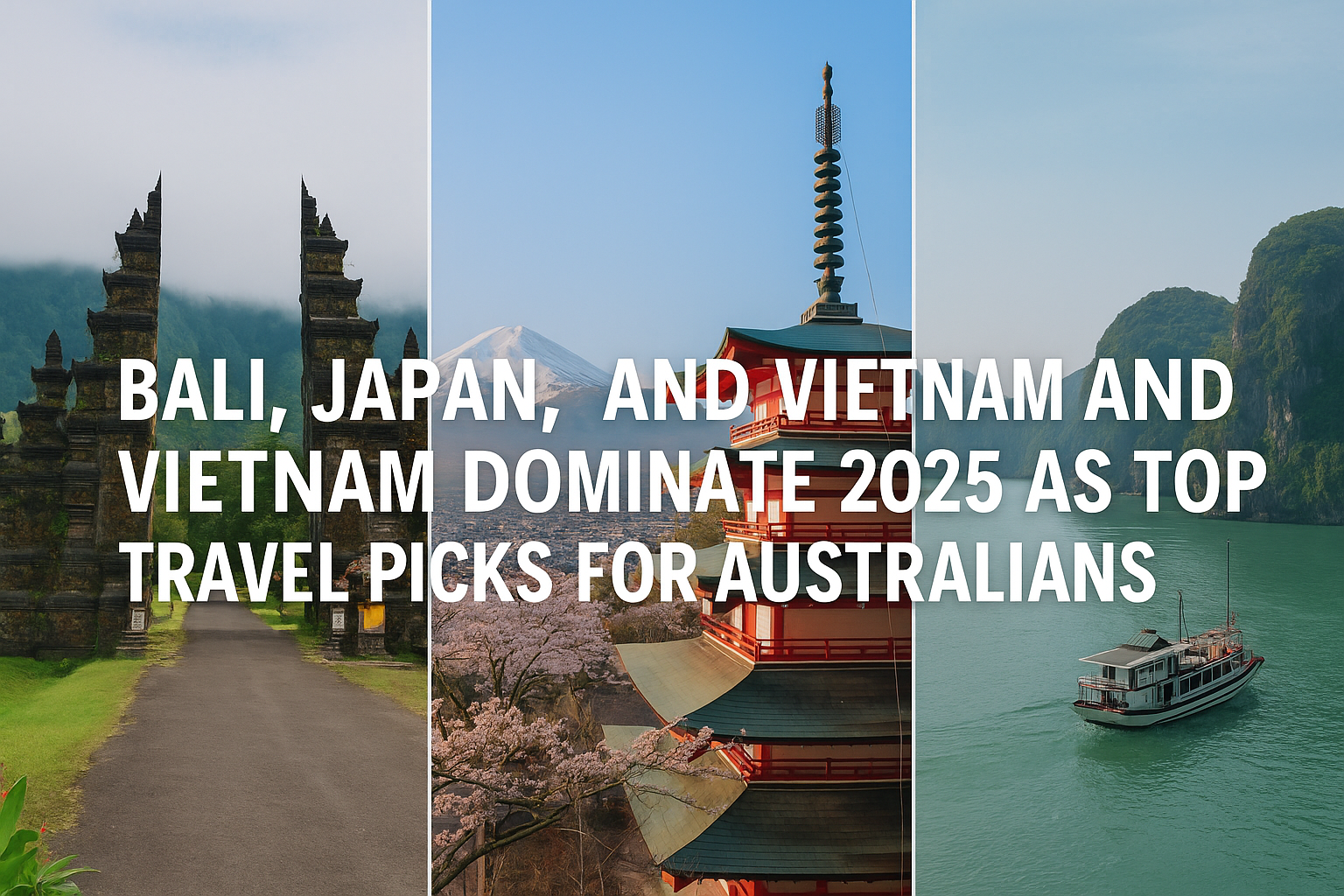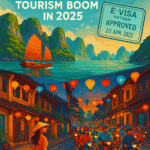Australians are embracing global exploration with unprecedented enthusiasm in 2025, as new data from the Australian Travel Industry Association (ATIA) confirms a significant surge in outbound travel. Bali, Japan, and Vietnam have emerged as the most sought-after international destinations, reflecting a post-pandemic appetite for immersive experiences, cultural discovery, and value-led travel.
According to the latest ATIA Travel Trends Report, Australians made 12.21 million outbound trips in the 12 months leading to May 2025—a remarkable 12.5% year-on-year increase. Asia, in particular, remains the undisputed favorite for Australian travelers, boasting a regional growth rate of 26.9%. Leading the pack is Japan, which recorded an impressive 32.4% surge in Australian arrivals, closely followed by Vietnam at 25.8%.
Asia’s Enduring Appeal for Aussie Travelers
The data highlights Asia’s unmatched magnetism for Australians, driven by its rich blend of cultural heritage, natural beauty, culinary adventure, and affordability. Bali continues to be the top international hotspot for Aussies due to its proximity, cost-effectiveness, and wide appeal—from wellness retreats in Ubud to beach clubs in Seminyak. The Indonesian island welcomed over 1 million Australians in the first half of 2025 alone, as per data from Indonesia’s Ministry of Tourism and Creative Economy.
Meanwhile, Tokyo and Ho Chi Minh City have solidified their status as key urban gateways. Tokyo offers a seamless mix of tradition and technology—from serene Shinto shrines to neon-lit nightlife—while Ho Chi Minh City charms with French colonial architecture, street food culture, and easy visa access. Vietnam’s recent investments in tourism infrastructure, including upgraded airports and smart tourism platforms, have made it increasingly accessible for long-haul travelers.
Nina Hedges, ATIA’s Director of Compliance & Membership, emphasized the region’s staying power:
“Asia continues to steal the spotlight as the destination of choice for Australians, with destinations such as Bali, Tokyo, and Ho Chi Minh City featuring on the itineraries of millions. The region is evolving rapidly and offers something for every kind of traveler.”
Purpose-Led and Experiential Travel on the Rise
One of the defining features of Australian travel in 2025 is a shift toward purpose-driven tourism. According to the ATIA report, 63.6% of outbound trips in October 2025 were for leisure, but within that category, wellness, cultural immersion, and experiential travel dominate. Australians are increasingly seeking trips that align with their personal values and lifestyle goals—whether that means joining a yoga retreat in Bali, walking Japan’s ancient pilgrimage trails, or embarking on a culinary journey through Vietnam’s street markets.
This trend is also supported by new tourism campaigns across Asia. Japan’s “Your Japan 2025” campaign highlights seasonal and off-the-beaten-path experiences, while Vietnam’s National Tourism Year focuses on digital integration and cultural tourism in secondary cities like Hue and Da Nang. Bali, too, has enhanced its appeal with the promotion of sustainable travel and spiritual tourism through government-backed programs such as “Bali Becik.”
U.S. Tourism Sees Mixed Results
Although Asia is booming, Australian travel to the United States remains steady but less dynamic. Visitor arrivals from Australia to the U.S. grew by 4.8% year-over-year, according to the U.S. National Travel and Tourism Office. Popular destinations like New York, Los Angeles, and Hawaii remain attractive, but increasing airfare costs and travel distances make short-haul Asian destinations more compelling for many.
Conversely, inbound travel from the U.S. to Australia showed signs of stagnation, declining by 3.7% in May 2025 and achieving a modest annual increase of just 0.6%. Experts suggest that more targeted recovery campaigns and air connectivity enhancements may be needed to rebalance this exchange.
Domestic and Airline Market Trends
Domestically, Australia’s aviation market remains resilient. The Melbourne–Sydney route maintained its status as the busiest in the country with over 811,000 seats in April 2025, although this figure marks a slight 1.7% year-on-year decline. Domestic travel continues to serve business, leisure, and family segments, underlining its importance in the national tourism ecosystem.
In the international aviation arena, Australian carriers are leading the charge. Qantas Airways held the top market share at 16.5% in March 2025, followed by Jetstar at 12.3%. Both airlines are capitalizing on the Asia-Pacific boom, with Jetstar expanding its low-cost offerings to secondary Asian cities and Qantas enhancing premium services on key routes like Sydney to Tokyo and Melbourne to Ho Chi Minh City.
Looking Ahead: The Future of Australian Travel
The current trends signal a clear direction for the future: Australians are seeking meaningful, customizable, and culturally rich travel experiences. As the global tourism sector evolves, destinations that can deliver on authenticity, wellness, and sustainability will continue to outperform.
For tourism boards and operators, tapping into this demand means not only promoting iconic landmarks but also showcasing lesser-known gems and tailoring experiences for Australian travellers who increasingly value emotional connection and personal growth in their journeys.
In 2025, whether it’s Bali’s tranquil coastlines, Japan’s historic temples, or Vietnam’s vibrant cityscapes, Asia continues to offer Australians the ultimate playground for discovery.
For more travel news like this, keep reading Global Travel Wire
















